An “X-ray Astronomer” Among Radio Telescopes
- By Koji Mukai
- April 30, 2012
- 2 Comments
To me, an observational astronomer, there is no such thing as X-ray astronomy. What I do is astronomical research on objects that happen to emit X-rays, as well as ultraviolet, visible, and infrared, etc. light. My research interest is not X-rays, but astronomical objects called cataclysmic variables and symbiotic stars – both involve dense “ash” of sun-like stars called white dwarfs in binary systems.
Having said that, to instrument builders, X-ray astronomy *is* a distinct discipline. Also, it takes time to become adept at using any complex tools and X-ray data analysis is no exception. In that sense, in terms of technical proficiency, I am an X-ray astronomer. I have also worked with infrared, visible light, and ultraviolet observations before – but not radio observations, not even by collaborating with the experts, until recently.
This is changing, partly because a phenomenon I’m very interested in called “nova outburst” can produce radio waves and X-ray photons. Basically, novae are nuclear explosions on the surface of the white dwarfs in cataclysmic variables and symbiotic stars. The material ejected (called ejecta) from these explosions emit radio waves when they are just expanding. However, collisions within the ejecta or collisions of the ejecta with some other materials can heat them up to many millions of degrees, making them bright in X-rays. So it makes a lot of sense to observe novae with X-rays and radio at the same time. Another reason for my evolving collaboration is that the premier instrument of radio astronomy has undergone a significant upgrade in the last several years, making them capable of doing observations that were never possible before.
Recently, I had the chance to visit the Science Operations Center of National Radio Astronomy Observatory (NRAO) in Socorro, New Mexico. About one hour west, on the high plains of San Augustin, is what used to be called the Very Large Array (VLA). The VLA uses a set of 27 antennas, each having a diameter of 25 meters (or 82 feet). By combining the signals from these antennas, the VLA acts like a much bigger telescope – the separations of the antennas, not the size of each individual antenna, determine how detailed an image we get (“the angular resolution”). The antennas of the VLA can be moved along special railroad tracks to several pre-constructed stations to suit the need of the observers. It’s a stunning sight to see the VLA, particularly when the entire array is moving from one target on the sky to the next. I even got to climb up on the 28th antenna undergoing routine maintenance (you don’t want to do that with ones in use – for one thing, if the antenna is tilted to observe an object low in the sky, it would be very dangerous).
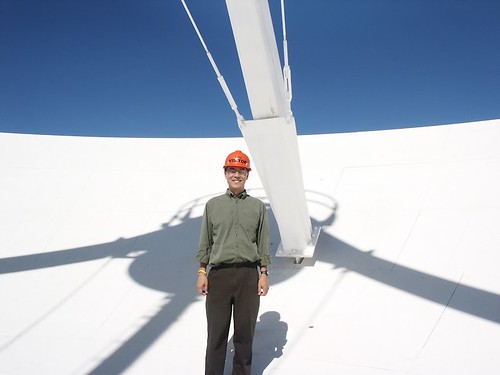
Credit: Koji Mukai
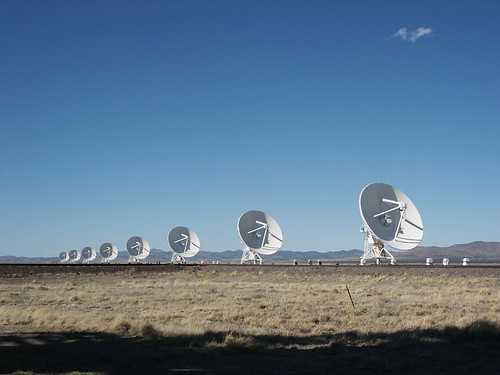
Credit: Koji Mukai
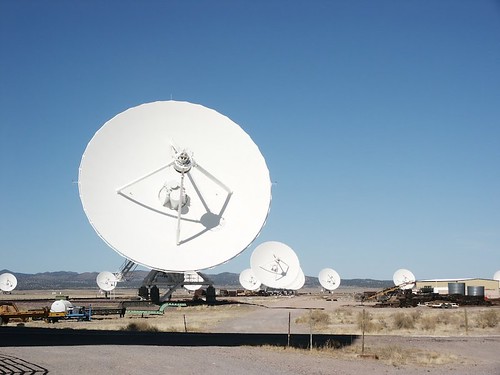
Credit: Koji Mukai
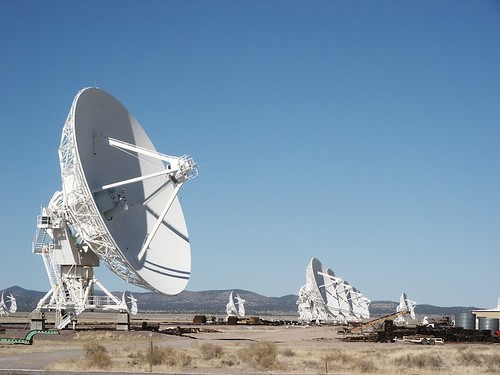
Credit: Koji Mukai
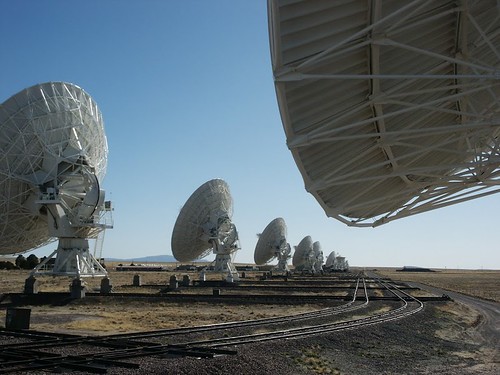
Credit: Koji Mukai
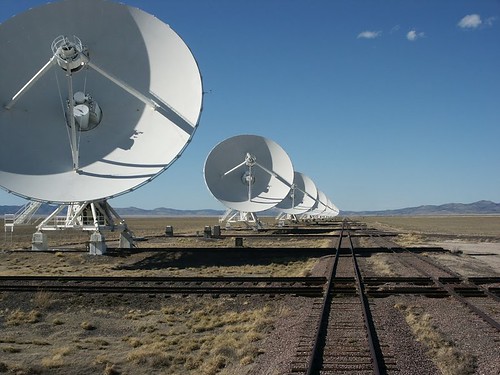
Credit: Koji Mukai
The VLA was originally constructed during the 1970s. The antennas themselves are still fine. But the instrument that takes the signals from the 27 antennas and combines them into an image, the correlators, are essentially special-purpose computers. And you all know how much computers have improved over the last several decades. So NRAO has upgraded the VLA, giving it brand new correlators (and making a few other upgrades). To mark the completion (more or less) of this upgrade, NRAO gave it a new name: the Karl G. Jansky Very Large Array, or JVLA, after the pioneer of radio astronomy.
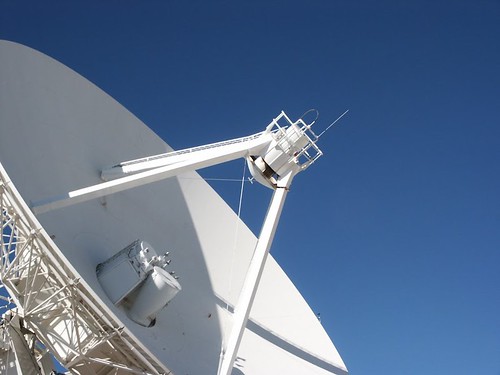
Credit: Koji Mukai
I had a lot of fun visiting Socorro, talking to my colleagues, seeing the JVLA in person, and eating a lot of food with green chile. I’m still not a radio astronomer – not even in the sense that I am an X-ray astronomer. But I have become more familiar and comfortable with the subtleties of radio observations. I’m looking forward to continuing my collaboration with my colleagues at Socorro and elsewhere on radio observations of novae, cataclysmic variables, and symbiotic stars.
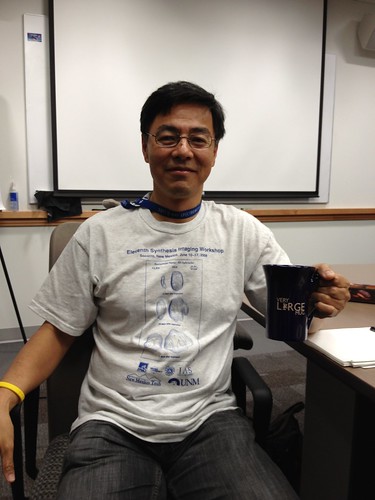
Koji displays his new JVLA t-shirt and mug.



Fascinating stuff! I loved the pictures of the JVLA.
Cheers! Welcome to the niche of radio observation! Hope you had fun observing the nova outburst – heard a lot of good things about it